Selenology: This is a branch of astronomy that deals/study the origin and physical features of the moon.
Moon:
The moon is a gravitational body having gravitational influences on the earth, it orbit planet earth, and its earth natural satellite.
The distance of the moon to the earth is 384,400km and it has a radius of about 1,737km. Its the second brightest object after the sun, and its bigger in volume in about 21.9 billion cubic km
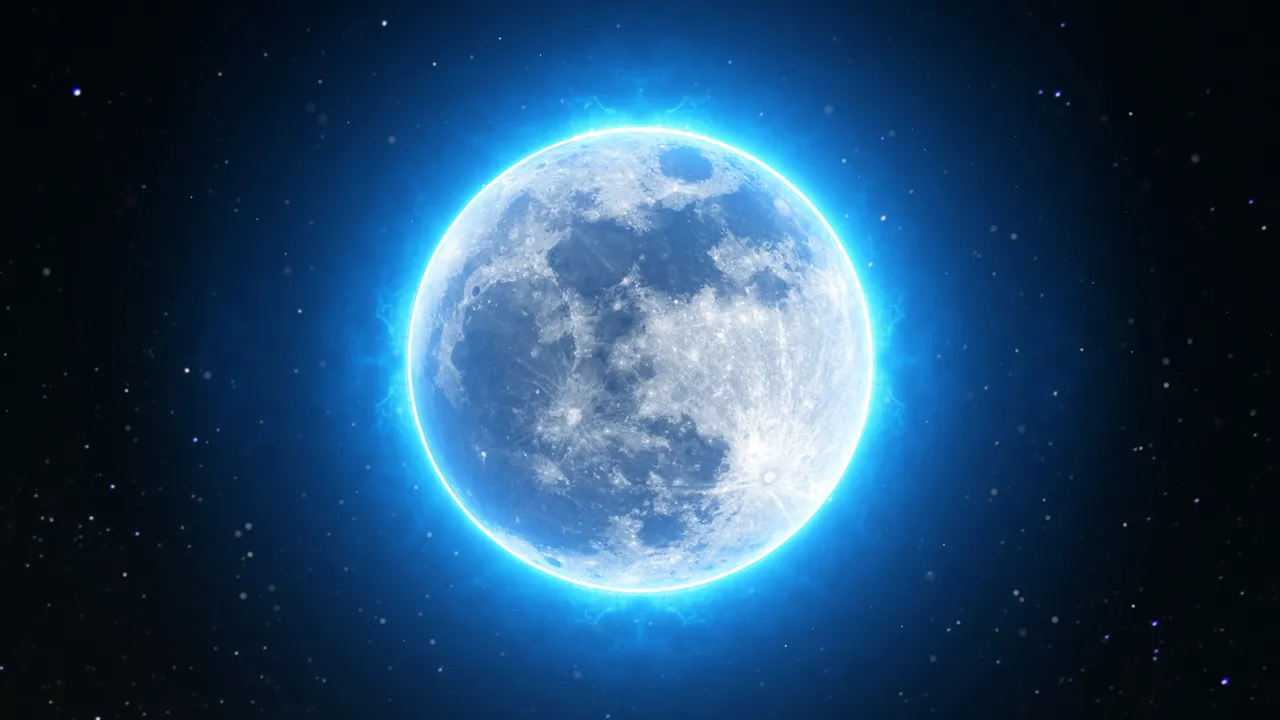
Lunar geology or selelogy is the study of the moon's crust, rocks , strata etc.
Lunar landscape:
The lunar landscape is characterised by impact craters, ejecta, a few volcanoes, hills lava flows and depressions filled by magma. The near side of the moon is dominated by two types of terrain.
Ejecta: They are materials that were excavated from the surface, as a result of the impact.
Crater: coned shape/funnel shaped depression formed from the impact of meteorite or volcanic explosion. You can see those dark spots in the picture below.
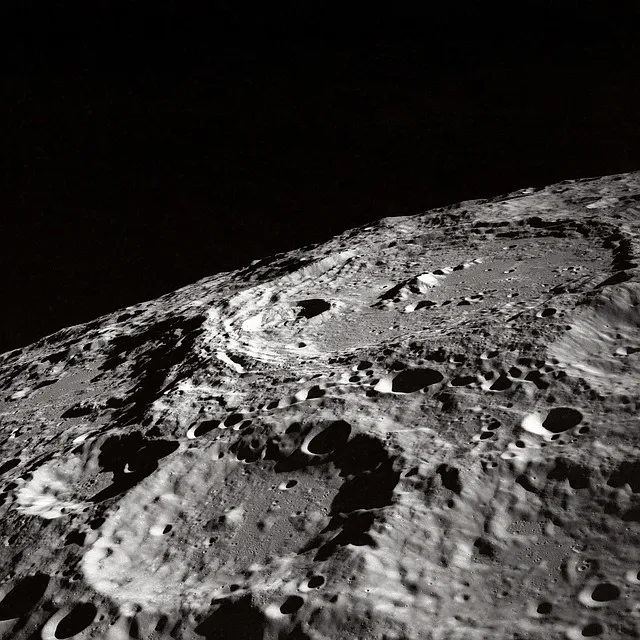
Lunar tends to cover two broad area of study which are:
• Lunar Maria
• Lunar Terra
Lunar Maria (singular - mare):
it is referred to as (oceans), ocean in this context does not mean physical water body, when observed from the earth, the moon from the distance, it is flat and has a smooth terrain which was referred to as oceans. Dark lava flows that cover 17% of the moon.
The major products of volcanic processes on the moon are evidence to the earth-bound observer in the form of the lunar maria. These are large flows of basaltic lava that correspond to low - albedo surfaves covering nearly a third of the near side. Only a few percent of the farside has been affected by mare volcanism.
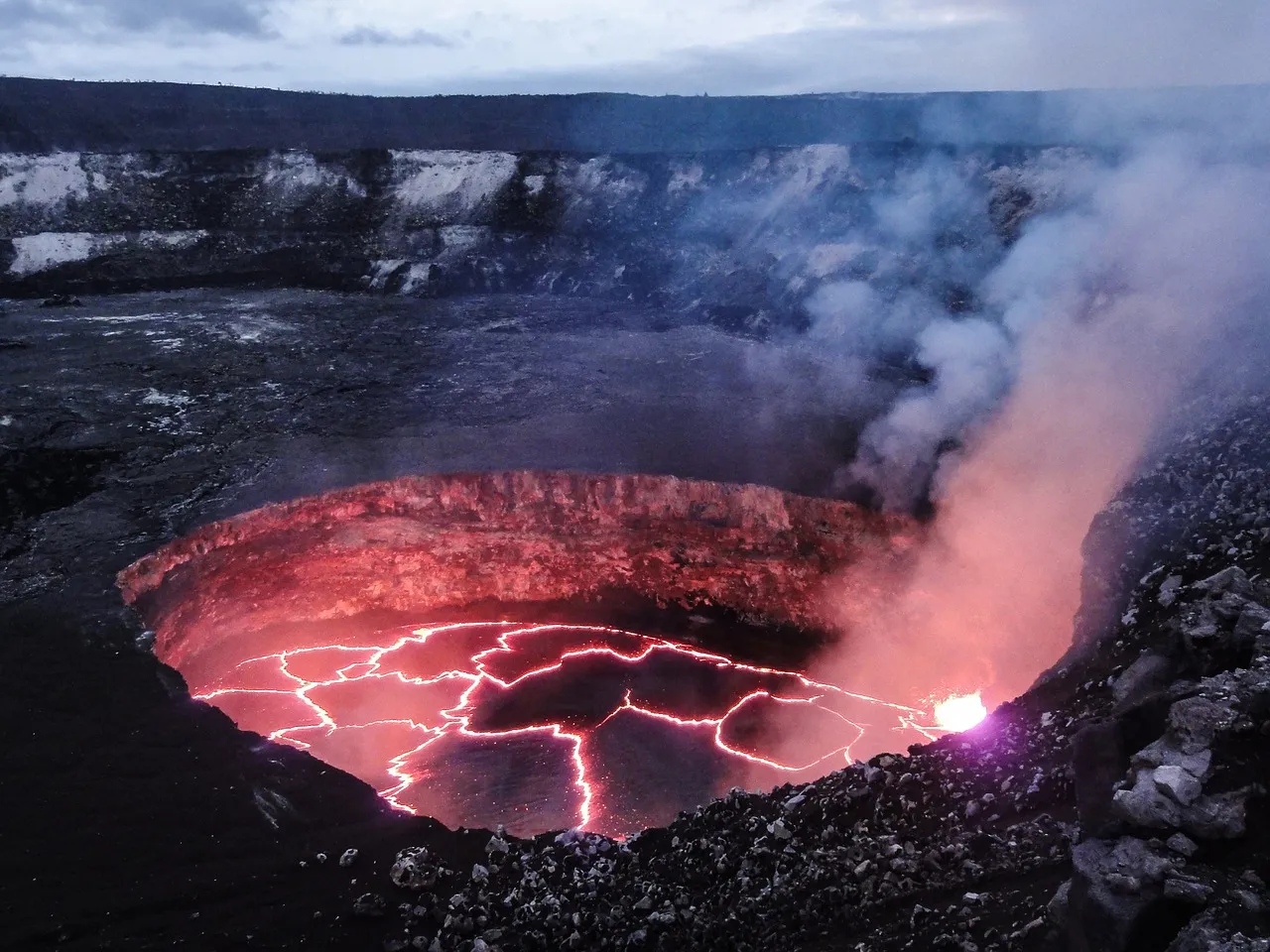
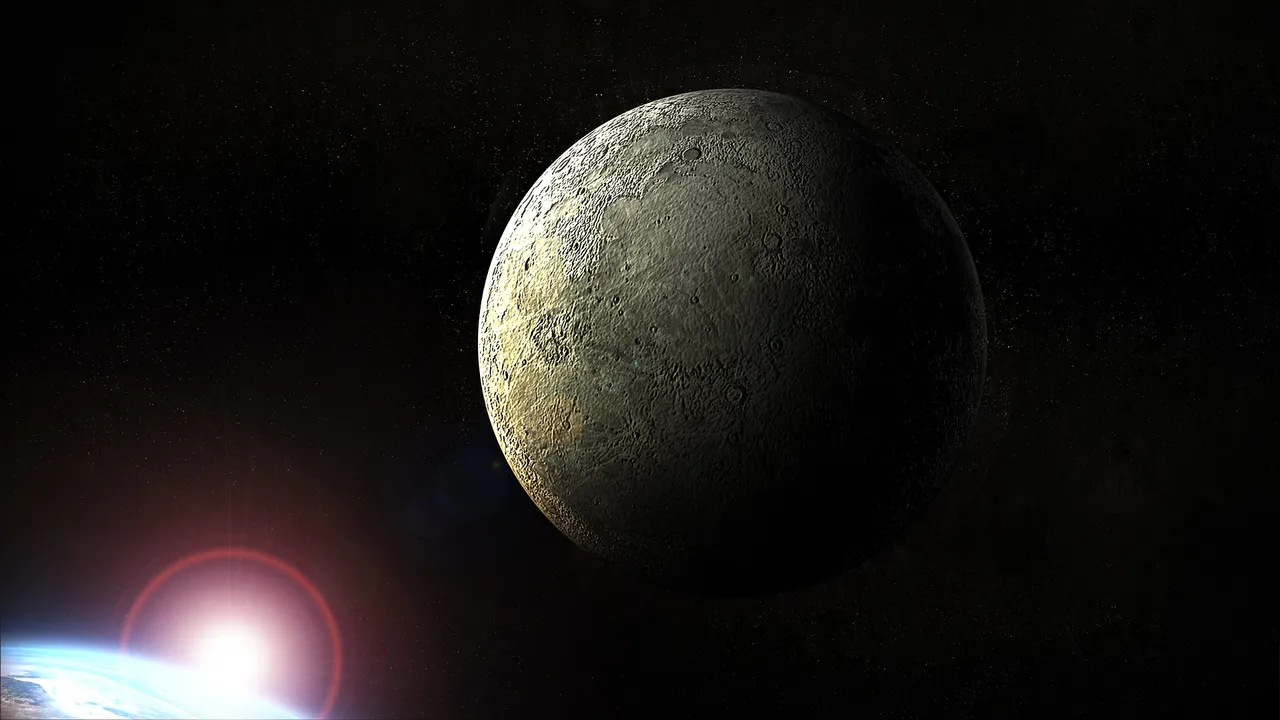
N/B
The Lunar Maria:
• Darker plain.
• Basaltic in composition.
• Only a few percent of the farside has been affected by a mare volcanism.
• They are clearly younger than the surronding highland.
Lunar Terra (Highland):
Referred to as the brightest side of the moon, geologic studies of the moon are based on earth's telescope observation, measurement of orbiting space crafts, lunar samples, geophysical data.
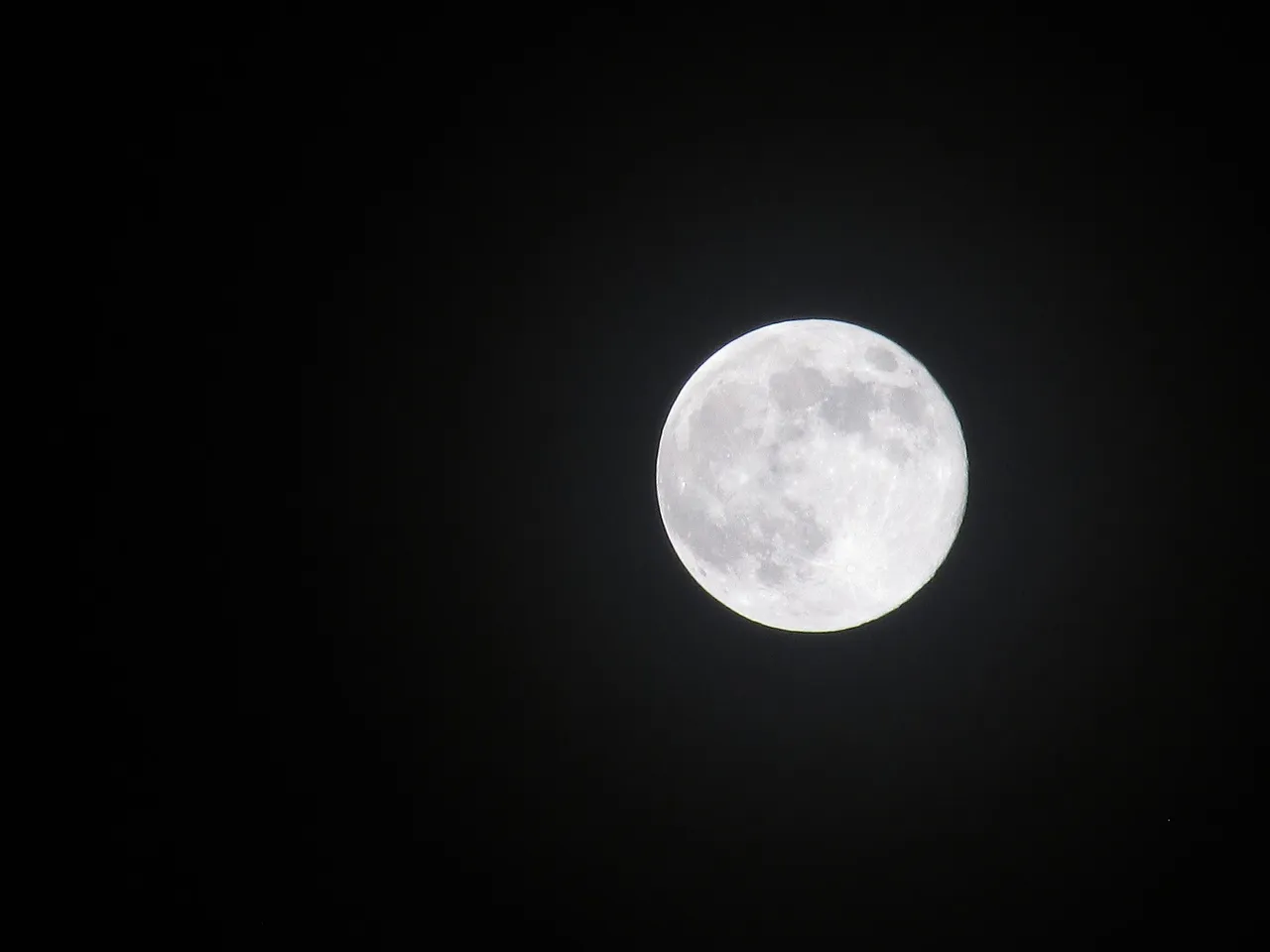
The highlands are anorthositic in composition, the highland are older than the visible maria, and hence are more heavily cratered.
N/B
The Highland (Terra):
• Brighest surface/zone.
• Anorthositic in composition.
• Older and heavily cratered.
A location on the moon were sampled by the Apollo mission in the late 60's and 70's which returned approximately (385kg) of rock sample and soil from the moon. The moon is the only extra-terrestrial body for which we can obtain samples. The terrae is completely covered in craters.
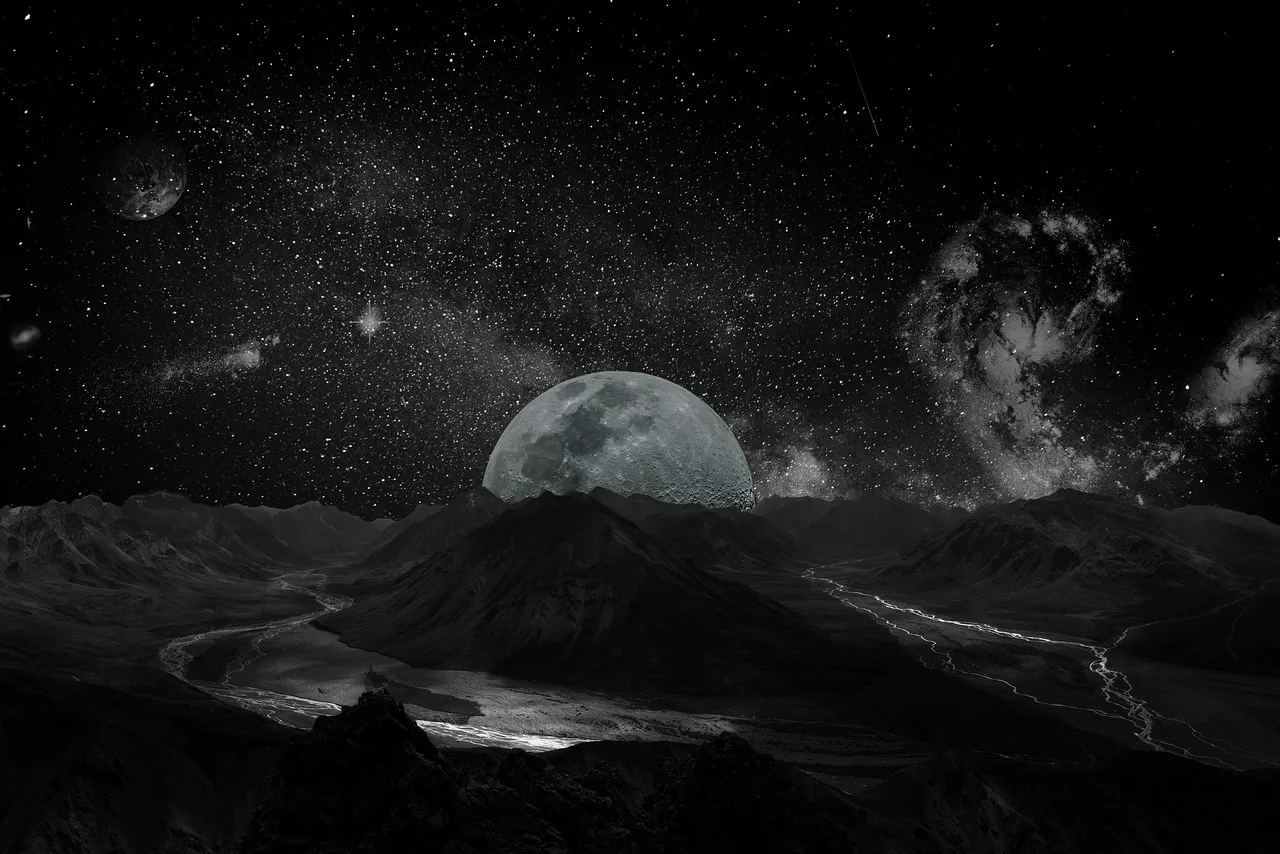
A handful of lunar meteorites have been recognised on the surface of the earth, though they are source such craters from the moon are unknown. The substantial of the lunar surface have not be explored, therefore a good number of (geological/selenological question remains unanswered.
The geology of the moon is quite different from that of planet earth mainly due to the fact that there is no atmosphere, Hence the phenomena such as weather or erosion due to weather does not apply to the moon.
The moon is tectonically inactive, by tectonism we mean (ground motion).
It has low gravity than the earth because of its relative small size.





